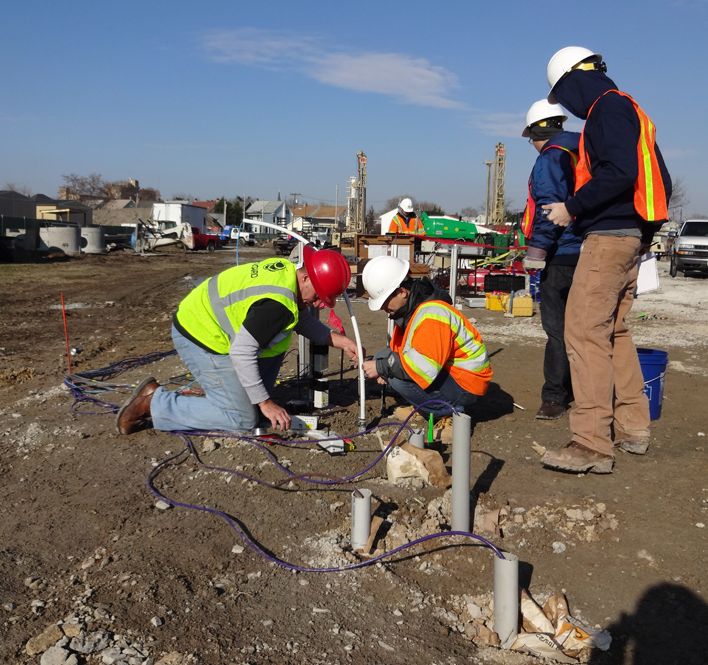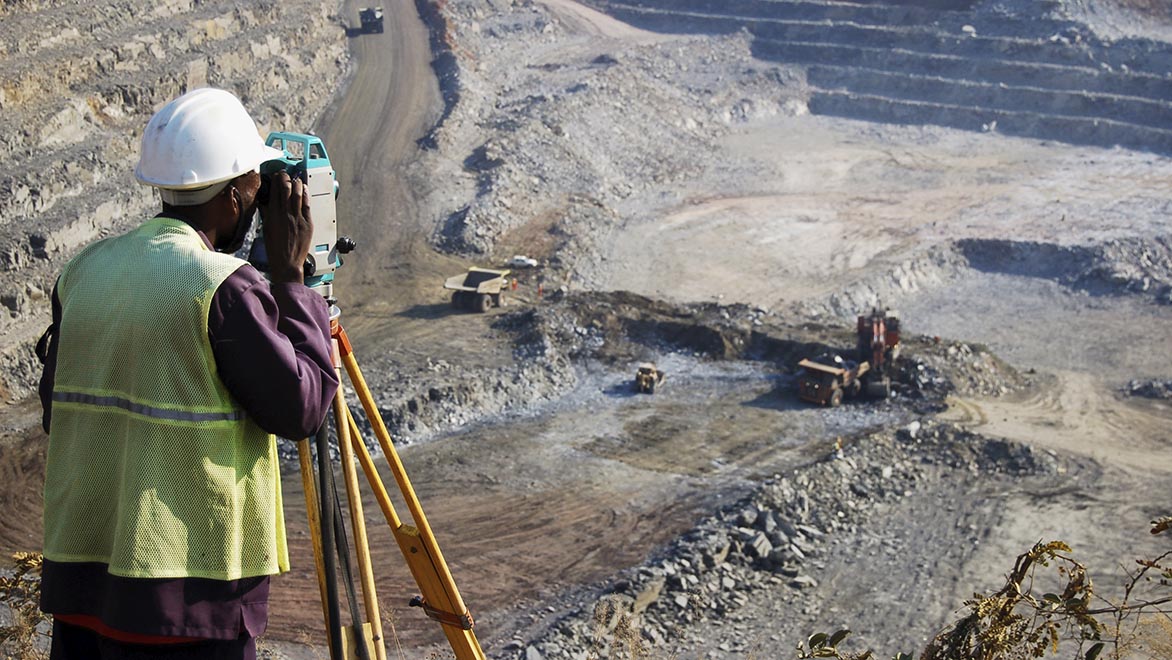Consulting Civil Engineering Companies Supplying Geotechnical Solutions
A Detailed Evaluation of the Services Supplied by Consulting Engineers in the Field of Geotechnical Engineering: From Website Investigation to Project Execution
Consulting designers in geotechnical engineering play an essential duty in the effective execution of building projects, beginning with extensive site examinations that expose critical subsurface conditions. Their proficiency prolongs to soil residential or commercial property assessments, environmental impact assessments, and the mindful tracking of project application, making certain positioning with safety and security and sustainability standards. Each stage is interlinked, presenting one-of-a-kind obstacles and considerations that can dramatically affect project outcomes. As we explore these essential services, it ends up being noticeable that recognizing their ramifications is important for effective task management and danger reduction. What intricacies exist within each of these stages that require our attention?
Importance of Geotechnical Design
Geotechnical design is a vital technique that underpins the safety and sustainability of civil facilities tasks. By understanding the mechanical behavior of soil and rock products, geotechnical engineers analyze the viability of sites for various building and constructions, consisting of buildings, bridges, and dams. This fundamental analysis ensures that frameworks can withstand ecological variables and lots without experiencing failing.
The significance of geotechnical engineering prolongs past plain architectural safety and security; it likewise encompasses ecological stewardship. Proper geotechnical assessments add to decreasing the ecological impact of building and construction. Through cautious evaluation of dirt buildings and groundwater problems, engineers can develop foundations and maintaining structures that mitigate risks such as erosion and landslides, promoting long-lasting stability.
Moreover, geotechnical design plays a crucial role in project price monitoring. geotechnical works. By determining possible problems early in the design phase, engineers can advise suitable solutions, therefore preventing pricey delays and redesigns during construction. This proactive method not just improves task efficiency yet additionally substantially minimizes risks connected with unforeseen site problems
Website Examination Methods
Effective site investigation methods are essential for gathering precise data concerning subsurface problems prior to building. These methods facilitate the understanding of the geological and hydrological environment, which is vital for making certain the security and safety of recommended structures.
Common methods utilized in site examinations consist of borehole drilling, which enables designers to draw out soil samples at numerous depths, providing understandings into stratification and material types. Furthermore, geophysical studies, such as seismic refraction and electric resistivity, deal non-invasive means to evaluate subsurface characteristics over bigger areas. These approaches can help identify anomalies without considerable excavation.
Examination pits are one more valuable technique, offering straight observation of dirt layers and making it possible for in-situ screening. geotechnical works. This method is specifically helpful for shallow excavations and can assist analyze groundwater levels. Additionally, cone penetration tests (CPT) are significantly made use of, as they supply continual profiles of dirt resistance, which helps in establishing dirt toughness and layering.
Each of these techniques plays a crucial function in establishing a detailed understanding of site conditions, allowing consulting designers to make informed choices and referrals throughout the project lifecycle. Exact information collection throughout the website investigation phase is essential to mitigating threats and making certain effective task application.
Dirt Residential Property Analysis

The assessment procedure generally involves a mix of lab examinations and area examinations. Key buildings such as shear toughness, compressibility, permeability, and wetness content are examined to identify the dirt's suitability for building and construction objectives. Typical examinations, consisting of the Atterberg limits, Proctor compaction, and triaxial shear examinations, are commonly employed to collect data on dirt behavior.
Along with these tests, in-situ methods such as the Standard Infiltration Test (SPT) and Cone Infiltration Examination (CPT) provide important insights right into soil stratigraphy and thickness. The outcomes of these analyses inform designers concerning prospective challenges, such as dirt liquefaction or settlement, enabling them to create proper reduction strategies.
Environmental Effect Assessment
Ecological effect assessment plays an important function in the preparation and execution of design tasks, specifically in geotechnical design. This process involves assessing the prospective ecological effects of proposed tasks on dirt, water, air high quality, and surrounding environments. Consulting engineers use numerous methodologies, consisting of site evaluations, modeling, and field studies, to determine and evaluate these effects.
The analysis usually begins with the identification of standard environmental conditions, which acts as a recommendation for predicting possible changes. Designers examine elements such as erosion, groundwater contamination, and environment interruption, ensuring that all pertinent ecological regulations and standards are complied Visit This Link with throughout the task lifecycle. Stakeholder interaction is likewise an important part of the evaluation process, as it fosters interaction between job designers, regional areas, and regulatory bodies.
Additionally, mitigation methods are developed to resolve identified impacts, allowing my explanation designers to propose alternatives or alterations to forecast layouts that boost sustainability. This proactive technique not only decreases unfavorable effects on the environment yet additionally promotes public count on and compliance with environmental regulations. Inevitably, reliable ecological influence evaluation strengthens the total integrity and feasibility of geotechnical design projects, sustaining responsible growth methods.
Task Application and Monitoring

Tracking is a vital element of project implementation. Designers use numerous techniques, such as instrumentation and area tests, to evaluate dirt habits and architectural actions see this website in real-time. This continual surveillance allows the identification of any kind of inconsistencies from anticipated efficiency, permitting prompt treatments to minimize dangers.
Moreover, seeking advice from designers keep open interaction with contractors and stakeholders throughout the process. Regular site inspections and progression records make sure that all events are educated concerning task condition and any type of emerging worries. By fostering cooperation and transparency, seeking advice from engineers facilitate a more reliable application procedure, thereby improving project results.
Eventually, effective job execution and tracking not just copyright security and top quality criteria yet additionally add to the total success of geotechnical projects, guaranteeing they fulfill their intended purposes sustainably and responsibly.

Conclusion
In conclusion, the duty of speaking with designers in geotechnical design incorporates a critical sequence of solutions that ensure project success. Eventually, the multifaceted contributions of speaking with designers are crucial in dealing with the complexities of geotechnical challenges in contemporary design jobs.